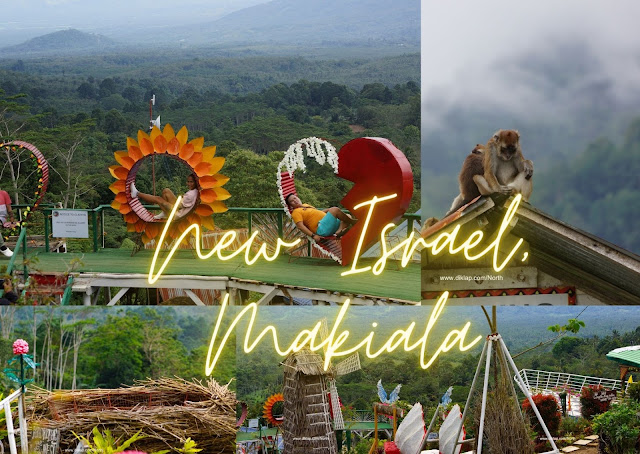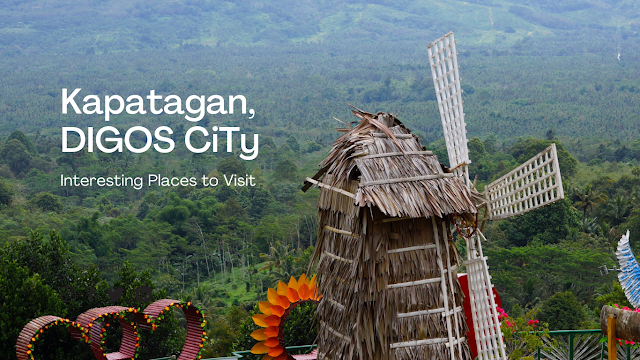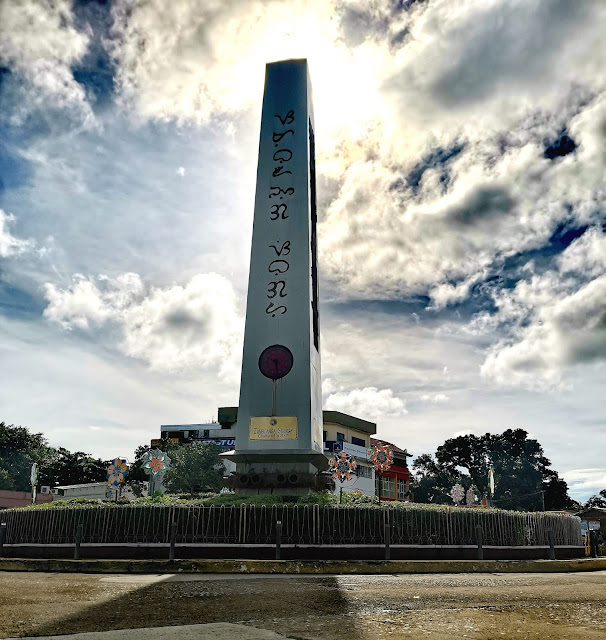Uncovering the Rich Cultural Heritage of Pikit, Cotabato: Exploring the Town's Museums and Landmarks
Pikit is a municipality known for its scenic landscapes, historical landmarks, and vibrant local culture located in the province of North Cotabato, Philippines Pikit is also known for its rich history, with many important historical landmarks and sites to explore. These include the Pikit War Memorial Shrine, which commemorates the bravery of local heroes who fought during the Philippine-American War, and the Pikit Heritage Houses, which are traditional houses that date back to the Spanish colonial period. The town's culture is reflected in its festivals and events, including the Pagana Kulit Festival, which is a celebration of the town's diverse cultural heritage, and the Kavurunan Festival, which showcases the local delicacies and cuisine of the area. Brief History The town has a rich history that dates back to pre-colonial times and has been influenced by various cultures and religions throughout the years. Before the arrival of the Spanish colonizers in the 16th century, Pik...













